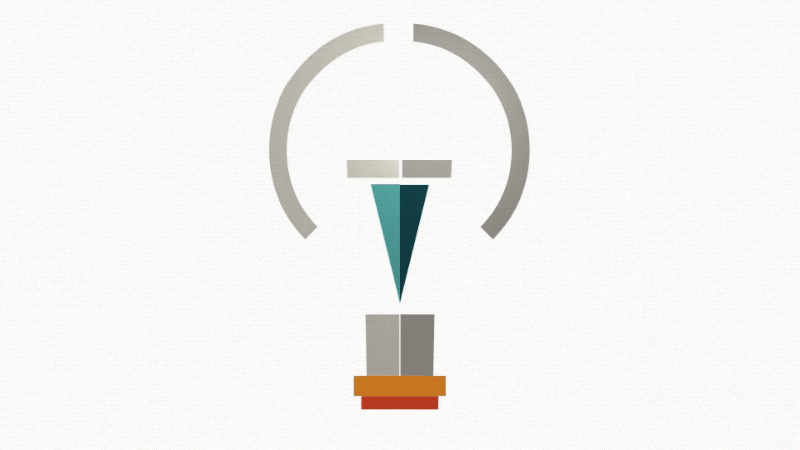Design Thinking vs. Systems Thinking
Design thinking and systems thinking are two popular approaches in the field of web design, but what do these terms actually mean, and how do they impact your site?
Design thinking is based on the idea that designers should focus on understanding the needs and wants of their users. This approach emphasizes empathy and iteration, and often involves creating rapid prototypes and collecting user feedback and use-cases.
On the other hand, systems thinking originated in the field of engineering and is based on the idea of understanding a problem as part of a larger system. This approach emphasizes understanding the relationships between different components and how they interact, in order to identify the root causes of problems and come up with effective solutions.
Users vs Components
Overall, design thinking is often considered to be more beneficial for web design due to its focus on rapid prototyping and intuitive solutions. This approach allows designers to quickly test and iterate on their ideas, which can lead to more user-friendly and effective websites. In contrast, systems thinking is a more analytical approach that is better suited for understanding complex interactions and identifying the root causes of problems.
Design thinking is a problem-solving approach that involves empathy, prototyping, and iteration. It is often used in the design of products, services, and experiences.
In web design, design thinking can be applied to understand the needs and goals of the users of a website, to identify problems or challenges they may face, and to come up with creative solutions that address those problems. This may involve conducting user research, creating personas, and prototyping and testing different design ideas.
The goal of design thinking in web design is to create a website that is not only aesthetically pleasing, but also meets the needs and expectations of the users in a way that is intuitive, efficient, and satisfying. This involves designing for usability, accessibility, and the overall user experience.
To apply design thinking in web design, designers may follow the following process —
Empathize: This involves understanding the needs, motivations, and behaviors of the users of the website. Designers may conduct user research, such as interviews, surveys, or usability testing, to gather insights about the users' needs, goals, and challenges.
Define: Based on the insights gathered from the empathize phase, designers can define the problem or opportunity that the website needs to address. This may involve identifying the pain points or frustrations that users experience when using the website, or identifying opportunities to improve the user experience.
Ideate: In this phase, designers generate a wide range of ideas for solving the problem or opportunity identified in the define phase. This may involve brainstorming sessions, sketching, or prototyping.
Prototype: Designers create a rough version of the website, called a prototype, to test and refine their ideas. Prototyping allows designers to quickly and cheaply test different design ideas and gather feedback from users.
Test: Designers test the prototype with users to gather feedback and insights. This may involve conducting usability testing or user interviews. Based on the feedback, designers may make adjustments to the prototype and test it again.
By following this process, designers can create websites that are tailored to the needs and expectations of the users, and that provide a high-quality user experience.
Systems thinking is a way of understanding and analyzing complex systems by focusing on the relationships and interactions among the components. Such as the user interface, the database, and the server-side logic, and how they interact with each other to create a cohesive and functional whole.
Some specific ways in which systems thinking can be applied to web design include —
Identifying the relationships between different components: When designing a website or web application, it is important to understand how different elements of the system interact with each other. For example, the design of the user interface should take into account the way that it will interact with the database and server-side logic.
Analyzing the flow of information: In web design, it is important to consider the flow of information between different components of the system, such as the flow of data between the user interface and the database. By understanding the relationships between different components and the flow of information between them, it is possible to design a system that is efficient and effective.
Identifying feedback loops: Feedback loops are a key aspect of systems thinking, as they can help to identify and understand the ways in which different components of a system interact and influence one another. In web design, feedback loops can be used to identify areas of the system that may need to be improved or optimized.
Overall, applying systems thinking to web design can help to create a more cohesive and effective web experience for users, by considering the relationships and interactions between different elements of the system.
Animated GIFs via Harvard Business Review




